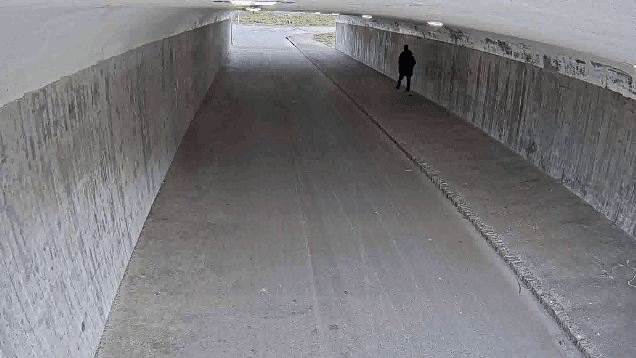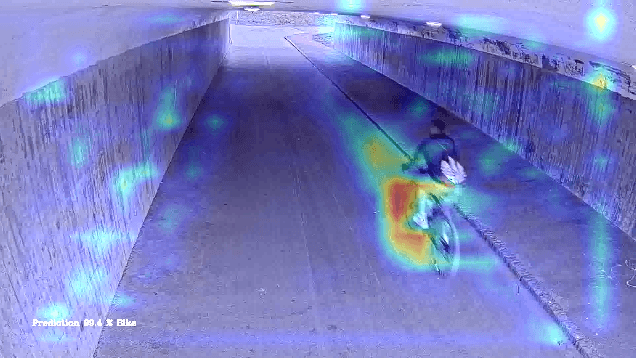Simon Åberg
Test Automation with Grad-CAM Heatmaps -- A Future Pipe Segment in MLOps for Vision AI?
Mar 02, 2021



Abstract:Machine Learning (ML) is a fundamental part of modern perception systems. In the last decade, the performance of computer vision using trained deep neural networks has outperformed previous approaches based on careful feature engineering. However, the opaqueness of large ML models is a substantial impediment for critical applications such as in the automotive context. As a remedy, Gradient-weighted Class Activation Mapping (Grad-CAM) has been proposed to provide visual explanations of model internals. In this paper, we demonstrate how Grad-CAM heatmaps can be used to increase the explainability of an image recognition model trained for a pedestrian underpass. We argue how the heatmaps support compliance to the EU's seven key requirements for Trustworthy AI. Finally, we propose adding automated heatmap analysis as a pipe segment in an MLOps pipeline. We believe that such a building block can be used to automatically detect if a trained ML-model is activated based on invalid pixels in test images, suggesting biased models.
Enabling Image Recognition on Constrained Devices Using Neural Network Pruning and a CycleGAN
Sep 11, 2020



Abstract:Smart cameras are increasingly used in surveillance solutions in public spaces. Contemporary computer vision applications can be used to recognize events that require intervention by emergency services. Smart cameras can be mounted in locations where citizens feel particularly unsafe, e.g., pathways and underpasses with a history of incidents. One promising approach for smart cameras is edge AI, i.e., deploying AI technology on IoT devices. However, implementing resource-demanding technology such as image recognition using deep neural networks (DNN) on constrained devices is a substantial challenge. In this paper, we explore two approaches to reduce the need for compute in contemporary image recognition in an underpass. First, we showcase successful neural network pruning, i.e., we retain comparable classification accuracy with only 1.1\% of the neurons remaining from the state-of-the-art DNN architecture. Second, we demonstrate how a CycleGAN can be used to transform out-of-distribution images to the operational design domain. We posit that both pruning and CycleGANs are promising enablers for efficient edge AI in smart cameras.
 Add to Chrome
Add to Chrome Add to Firefox
Add to Firefox Add to Edge
Add to Edge